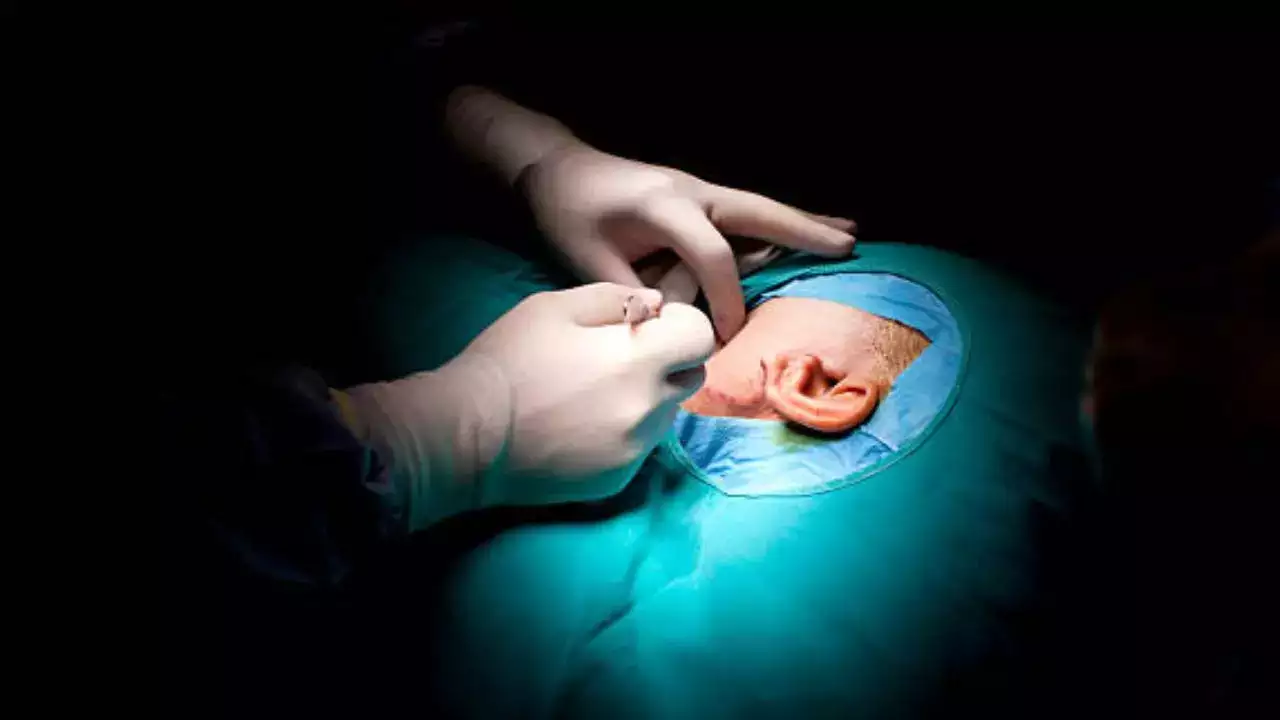News
Deaf For 20 Years, Iraqi Patient Hears Again After A Successful Dual Surgery

Deaf For 20 Years, Iraqi Patient Hears Again After A Successful Dual Surgery (Image Credits: iStock)
A 45-year-old Iraqi man, who had suffered from profound hearing loss for over two decades, recently had his hearing restored with a successful dual surgery at CK Birla Hospital in Gurugram. The patient had bilateral eardrum perforations and complete hearing loss on one side, a condition that made everyday communication nearly impossible. Despite the complexities, the doctors successfully performed a bilateral tympanoplasty and implanted a bone conduction device, restoring hearing for the first time in 20 years.
Dr Anish Gupta, Lead Consultant, ENT, CK Birla Hospital Gurugram, said, “The 45-year-old patient, who had travelled from Iraq, was affected by long-standing eardrum perforations on both sides. He had a profound hearing loss on one side, making everyday communication extremely challenging. The nature of his condition posed several complexities, particularly since conventional solutions like cochlear implants were not feasible due to the duration and severity of his hearing loss. Instead, we opted for a customized solution combining tympanoplasty and bone conduction device implantation in a single surgical session, which presented its unique challenges. Tympanoplasty and bone conduction device implantation are staged procedures, but we were determined to meet his needs. Performing these two surgeries together required a high level of precision, as each procedure involves distinct incisions and techniques."
This procedure included bilateral tympanoplasty to repair the eardrum on both sides and applying cartilage as a graft on the side with profound hearing loss. The choice of cartilage was strategic, as it offers superior durability and resilience, crucial for ensuring a long-lasting repair in a patient with complex ear anatomy. On the same side with profound hearing loss, a bone conduction device was implanted, bypassing the damaged inner ear and rerouting sound signals via skull vibrations to stimulate the functional inner ear on the opposite side.
Dr Gupta further added, "This case was exceptionally challenging because we needed to graft the eardrum and implant a bone conduction device at the same time. This involved modifying the traditional incision to an ‘S-shaped’ form, allowing us to perform both procedures seamlessly in a single session. It’s a delicate process because the incision and implant positioning must ensure enough distance to prevent implant extrusion at a later date.
Since cochlear implants were not an option due to the patient’s prolonged duration of hearing loss, the bone conduction device became the most viable solution. This advanced technology allows sound signals to bypass the compromised auditory nerve and inner ear structures, rerouting the signals directly to the opposite inner ear through skull vibrations, enabling the patient to regain hearing capacity.
The multidisciplinary expertise, cutting-edge technology, and highly skilled team at CK Birla Hospital Gurugram gave the patient a new lease on life with restored hearing ability.
Get Latest News Live on Times Now along with Breaking News and Top Headlines from Health and around the world.
Our Blogs
Our Recent News

Why Do Spicy Foods Make Your Nose Run?
A runny nose that you may experience while eating spicy foods includes the kind of food you are eati...

Postpartum Depression Rates Among U.S. Women Have More Than Doubled In A Decade, Finds Study
Postpartum Depression Rates Among U.S. Women Have Doubled In A Decade Photo : iStock A new study sho...

CDC Says Nearly 1 in 10 U.S. Adults Has High Cholesterol, Tips To Reduce Your LDL Levels
CDC Says Nearly 1 in 10 U.S. Adults Has High Cholesterol Photo : iStock A new report from the U.S. C...

